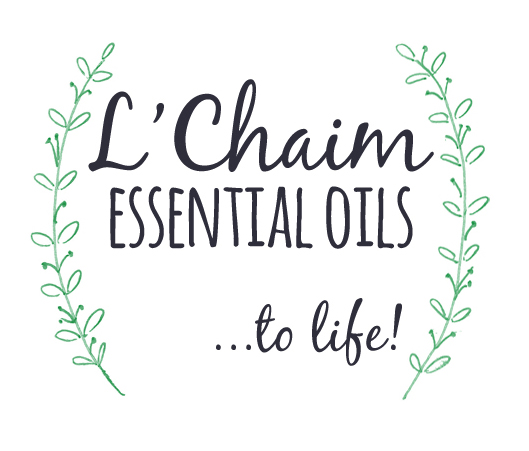Sprains, Strains, Bruises (And Gulp, Broken Bones?!)
- Sears Family

- May 31, 2021
- 4 min read
Updated: Jun 4, 2024
*UPDATED June.4.2024
As I was preparing this email, it dawned on me how appropriate this post is for Memorial Day. We read a lot of history books that cover the Civil War, WW1 and WW2 in this house. My children love history. It is inspiring when we come across an every day person who becomes a hero when they have to think outside of the box to save a life by becoming very resourceful in intense situations. We honor the fallen, those who have sacrificed and those who are currently sacrificing for the freedom that we have experienced in this country. THANK YOU. Furthermore, we recognize the sacrifices that family members have made to do life while other members of their family are serving at home and abroad. The impact is felt by young and old alike. Even cherished pets are affected by the absence of someone who is away serving!
We have spent years in emergency services and in the back country. We have taught our children constantly how important your mindset is. You have to have a base of knowledge BUT you also have to have the ability to be flexible. Emergencies are often new territory and unexpected and being able to creatively adjust to what you have on hand or can quickly get access to is essential. You don't hike? You don't do the outdoors? What about surprise disasters like earthquakes, tornadoes and hurricanes? The same mindset applies here and maybe even more so as resources and help may be limited. You do NOT have to be frozen in fear if you are prepared to think and adjust. Emergency first aid can take different forms particularly in continuation of our discussion on Wilderness First Aid. The most prepared person might find themselves in a situation without a complete emergency kit. For bruising, strains and sprains that do not need professional attention or need supported until you can get professional attention, here is an herbal go to. Even broken bones can benefit from these herbs. Many of these plants are easily accessible while in the back country. Know your plants before you take adventures in the back country! You will be surprised at how many of these are growing in your yard and your neighborhood!
In the past 10 years we have found this herbal combination a gem for relieving muscle strains and sprains. Even though some injuries may need a physician's care (like broken bones), you can still utilize these herbs as a soak and even as a tea/infusion in reasonable amounts. Always check with your medical professional, certified herbalist or pharmacist (I am learning just how knowledgeable these folks are) before using herbs in correlation with any underlying health issue or pharmaceuticals you are using.
According to countless sources that use these plants in traditional ways, including ASHI/MEDIC's Wilderness First Aid for EMT's, these are basic must have's.
Plantain - Historically used for skin sores, general itching, abraded skin, sprains and blood poisoning caused by unclean knives, sworts, etc. Used often as a poultice but awesome as a soak. Works with open wounds.
Comfrey -Commonly known as Knitbone because of it's ability to knit cells together. You can use the plant as a compress although sometimes the prickles on the leaves irritate some people. If you thoroughly mash the leaves into a wet paste it alleviates this. Adding it to a tea/soak strains the leaf material and also avoids this possible irritation.
Lamb's Ear-This slightly analgesic plant used to be used as a bandage when bandages were not available. It aborbs blod and helps close wounds. It is anti bacterial and so adding it to this soak gives it multiple purposes.
Mullein- Topically applied, the bruised leaves may give relief to minor burns and joint pain. It is a gentle analgesic and may help relieve pain.
I add People's Paste for easy Comfrey, Slippery Elm and Mashmallow Root Powder that Rachel Weaver reccomends for her "Complete Tissue Herbal" blend . Rachel Weaver also suggests adding Black Walnut in this combo (I use the powdered herb.)
I often add Usnea or Echinacea for added support against infection in wounds. Dried and powdered usnea was used extensively by Native Americans directly on wounds or made into a wash. Echinacea is a well known immune support herb.
Bring water to a boil. Place coarsely chopped leaves in the water and turn the heat down to a slow, low simmer. With a lid in place, keep on low for 15-20 minutes. For immediate use, cool to appropriate temperature and soak the area affected in the water. Consider making a double batch and letting half of it sit overnight as an infusion. You can use the same soak several times if you keep it in the fridge in between uses. I typically use ice, essential oils and/or cream the first 24 hours and start soaking the second day. This is what has worked best for our family in my experience. (Check with your doctor for the protocol you should consider!)
Companion essential oils & creams for in between soaks:
*Pain Rescue Essential Oil
*DEEP Essential Oil
*Any of the magnesium creams but of particular usefulness is our Pain Rescue Magnesium Cream
These are easily applied between soaks and help reduce inflammation and manage pain.
Info inspired by: "Be Your Own Doctor" by Rachel Weaver and MEDIC's Wilderness First Aid course.
MEMORIAL DAY, May 31, 2021 TODAY ONLY, use code MEMORIAL20 to get 20% off any product order from our website.
This statements are based on centuries of traditional use, my personal use and have not been evaluated by the FDA. This is information only and not meant to diagnose, treat, cure or provide medical advice. It is not meant to take the place of a professional herbalist, naturopath or medical professional.









Comments